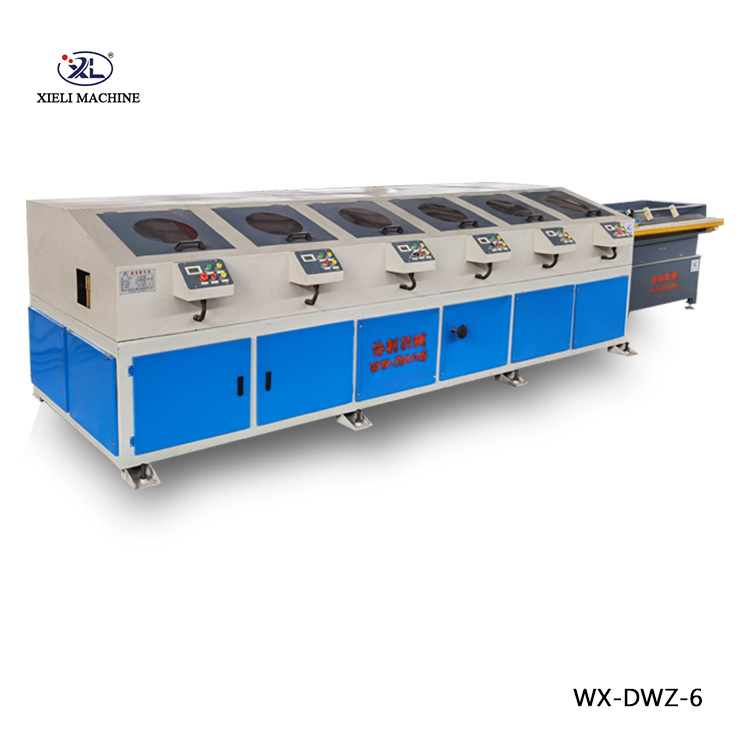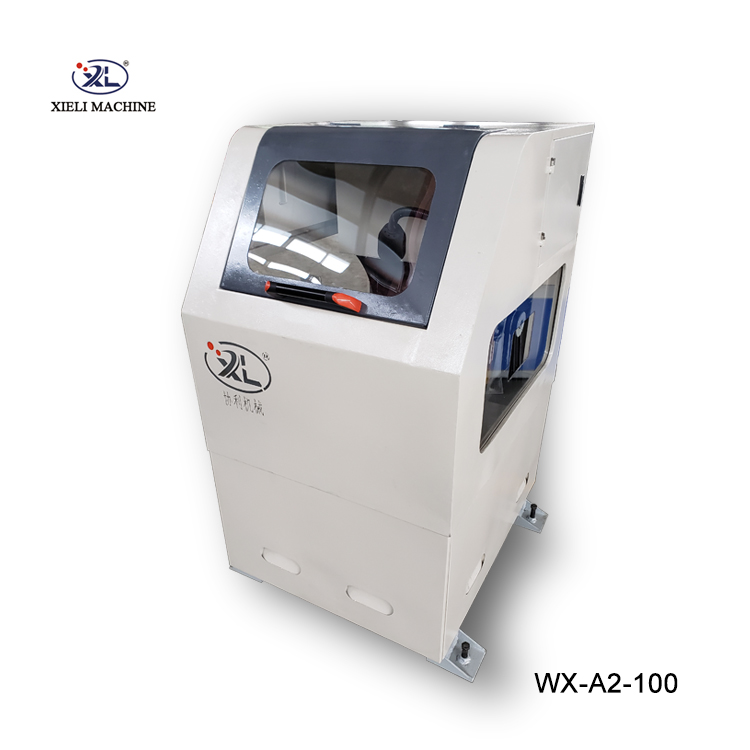Selecting the right pipe polishing machine is crucial for achieving the desired finish on pipes and tubes across various projects. Whether you're working with stainless steel, aluminum, or other metals, different polishing machines offer unique capabilities suited to specific applications. This guide will help you navigate the key factors in choosing a pipe polisher that aligns with your project requirements and materials.

Understanding Pipe Polishing Machine Types and Applications
Before investing in a pipe polishing machine, it's essential to understand the types available and their specific applications. Each machine, from a round pipe polishing machine to a tube polisher, is designed for different finishes and materials. For instance, a tube polishing machine is typically suited for smaller, round surfaces, making it ideal for applications requiring a smooth, consistent finish on tubular structures. The choice between a pipe polisher and a more specialized machine like a round pipe polisher depends largely on the dimensions and material composition of the pipes in question.
Selecting a Pipe Polisher Based on Project Requirements
When considering a pipe polisher for your project, think about the scope and nature of your work. Polishing requirements vary widely across industries—some projects need only a basic surface finish, while others demand a mirror-like shine or high-precision polishing for corrosion resistance. Tube polishers are ideal for handling small, intricate work, whereas round pipe polishing machines are better for larger projects involving circular pipes. Additionally, high-precision polishing machines can be more suitable for projects in fields like automotive or aerospace, where a flawless finish can impact performance.
Materials Matter: Choosing a Tube Polishing Machine for Specific Metals
Selecting the right tube polishing machine also depends on the type of metal you are working with. Different metals require varying levels of abrasiveness and polishing techniques. For example, stainless steel pipes often need a more aggressive polish to achieve a smooth finish, while aluminum may require gentler techniques. Machines with adjustable speed and pressure settings can offer flexibility, allowing for customization based on the metal type. Investing in a versatile pipe polishing machine that accommodates various metals ensures you have the right tool for different projects, minimizing the need for multiple machines.
Evaluating the Efficiency and Durability of a Round Pipe Polishing Machine
For many projects, efficiency and durability are critical factors when choosing a round pipe polishing machine. High-quality machines can significantly reduce processing time and ensure a consistent finish, which is essential for large-scale production. Machines with robust motors and durable components are better suited for demanding projects, as they withstand long periods of operation without compromising performance. Additionally, a machine with ergonomic features can improve operator comfort, which is particularly valuable in projects that require extended polishing sessions. Consider a tube polisher or a pipe polisher designed for durability to ensure it meets the demands of your project without frequent maintenance.
Key Features to Look for in a Pipe Polishing Machine
When choosing a pipe polishing machine, certain features are particularly valuable for delivering consistent, high-quality results. Look for machines with variable speed control, as this allows you to adjust the polishing intensity based on the material and desired finish. Some tube polishing machines also come with dust extraction systems to keep the work area clean, which is especially useful for polishing metals like stainless steel that produce fine particles. Versatile attachments and belts also enhance a machine's adaptability, enabling it to handle different pipe diameters and shapes effectively. Opting for a machine that offers these features ensures that your pipe polisher can meet a wide range of project requirements with precision and ease.
By understanding the unique benefits of each type, from round pipe polishing machines to tube polishers, you can make an informed decision that supports efficient, high-quality work. Whether you're handling small, intricate tubes or large industrial pipes, selecting the appropriate pipe polisher ensures a polished, professional finish tailored to your project's demands.





